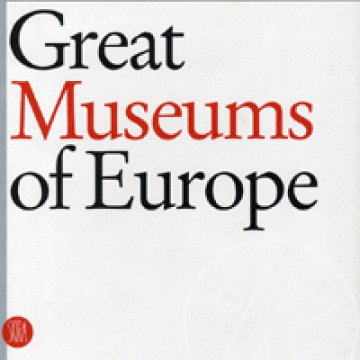Great Museums of Europe ár és hasonló termékek
 FACKELMANN FACKELMANN MERŐKANÁL MŰANYAG FEKETE/SÖTÉTSZÜRKE
-60%
2 699 Ft
1 079 Ft
Praktiker
A bolthoz Info
FACKELMANN FACKELMANN MERŐKANÁL MŰANYAG FEKETE/SÖTÉTSZÜRKE
-60%
2 699 Ft
1 079 Ft
Praktiker
A bolthoz Info
Great Museums of Europe jellemzők
Each of the eight chapters recounts the history of the individual museum, the creation and transformation of the individual collections, illustrated with a spectacular array of photographs and specific, thorough captions, that provide, as it were, a second and easy-to-follow path through the rooms and the masterpieces that make up the history of human culture.


























